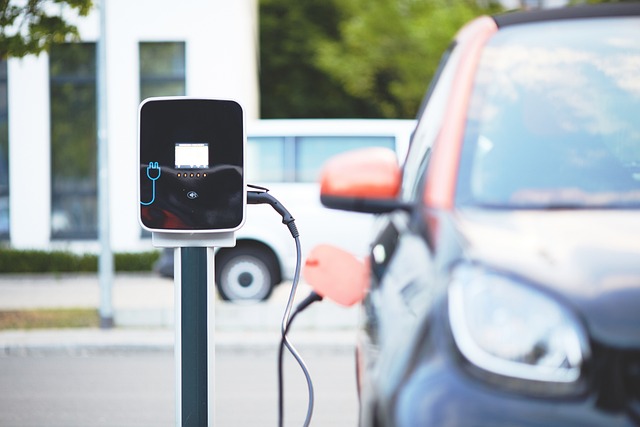Planning for battery second-life reuse and end-of-life recycling
Effective planning for battery second-life reuse and end-of-life recycling starts with a system-level view that links maintenance, diagnostics, charging practices, and supply-chain logistics. This overview outlines technical and operational pathways to extend usable life, enable safe redeployment, and prepare batteries for responsible recycling at end-of-life.

Maintenance and lifecycle management
Routine maintenance and systematic lifecycle management are foundational to realizing second-life opportunities for batteries. Regular inspections of pack integrity, thermal management systems, connectors and housing prevent premature degradation and support safety. Maintenance practices should include cleaning and filtration checks for cooling systems, tire and vehicle-level inspections when integrated into vehicles, and scheduled calibration of battery management systems. Clear records of maintenance events and capacity tests create transparency for later assessment, improving the likelihood that cells or modules qualify for refurbishment or secondary applications.
Predictive diagnostics and telemetry
Predictive diagnostics use telemetry, on-board sensors, and analytics to forecast remaining useful life and characterize degradation patterns. Telemetry streams—voltage, current, temperature, impedance, and charge acceptance—help identify abnormal wear, thermal events, or cell imbalance before failures occur. Combining these signals with predictive models enables condition-based maintenance and prioritizes candidates for second-life reuse. Accurate diagnostics also support safety protocols; knowing the health state of modules reduces the risk of hazardous handling during disassembly or transportation to recycling centers.
Charging strategies and regeneration
Charging strategy has a strong influence on long-term capacity retention and the feasibility of second-life reuse. Avoiding excessive high-rate charging, deep discharges, and sustained high state-of-charge reduces stress on cells. Regeneration techniques, such as controlled partial cycling, balancers, and active equalization during refurbishment, can restore module balance and optimize remaining capacity. For repurposed batteries used in stationary storage, implementing conservative state-of-charge windows and slow charge/discharge profiles extends usable life and reduces thermal stress, improving sustainability outcomes.
Regeneration, reuse pathways, and recycling readiness
Second-life reuse typically follows classification, regeneration, and redeployment stages. After diagnostics, modules that pass safety and capacity thresholds can be reconfigured into energy storage systems for grid support, off-grid power, or backup applications. Modules not suitable for reuse should be prepared for recycling: disassembly, safe deactivation, and separation of cell components facilitate material recovery. Designing products for disassembly and specifying filtration, safety interlocks, and calibration standards during manufacturing simplifies later recycling and increases recovered material value.
Firmware, telemetry, and calibration
Firmware and software architecture play a crucial role in enabling second-life reuse. Well-documented firmware that supports telemetry export, SOC and SOH reporting, and standardized communication protocols makes it easier to evaluate and manage batteries after vehicle retirement. Calibration routines for state-of-charge and state-of-health estimations must be maintained or re-run during refurbishment to ensure accurate performance metrics. Ensuring secure firmware update pathways and preserving diagnostic logs across the battery’s lifecycle assists auditors, refurbishers, and recyclers in making informed decisions.
Sensors, diagnostics, safety, and system integration
High-quality sensors and diagnostic frameworks improve confidence in reuse decisions and reduce safety risks. Temperature, pressure, humidity, and electrical sensors give a complete picture of operating conditions; combined with robust diagnostics they inform safe handling and transport. Safety considerations extend to packaging, inerting procedures, and clear labelling for end-of-life handlers. System-level integration—considering aerodynamics and vehicle-level impacts where applicable, as well as tire and chassis interactions—ensures that repurposed packs meet performance and safety expectations in their new context.
Conclusion
A practical approach to battery second-life reuse and end-of-life recycling blends operational practices, technical design choices, and data-driven decision-making. Maintenance records, predictive telemetry, conservative charging protocols, firmware transparency, and thorough diagnostics together enable safer, higher-value reuse and more effective recycling. Planning across the product lifecycle—design for disassembly, clear calibration and safety standards, and well-documented health information—creates pathways to reduce environmental impacts and recover valuable materials while maintaining safety and performance.





